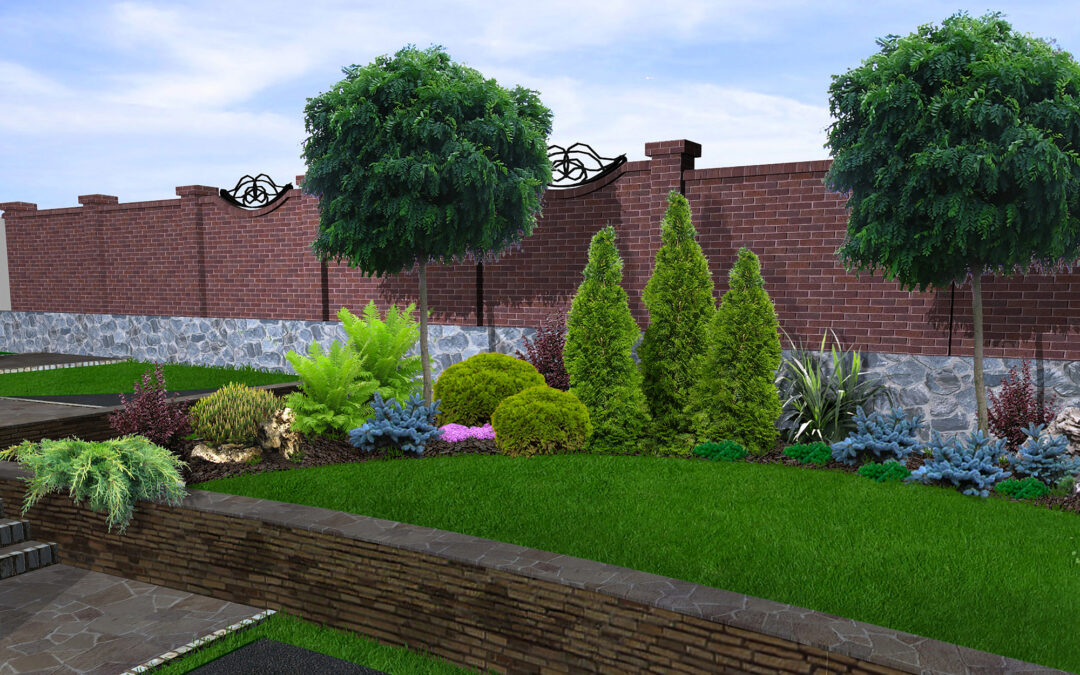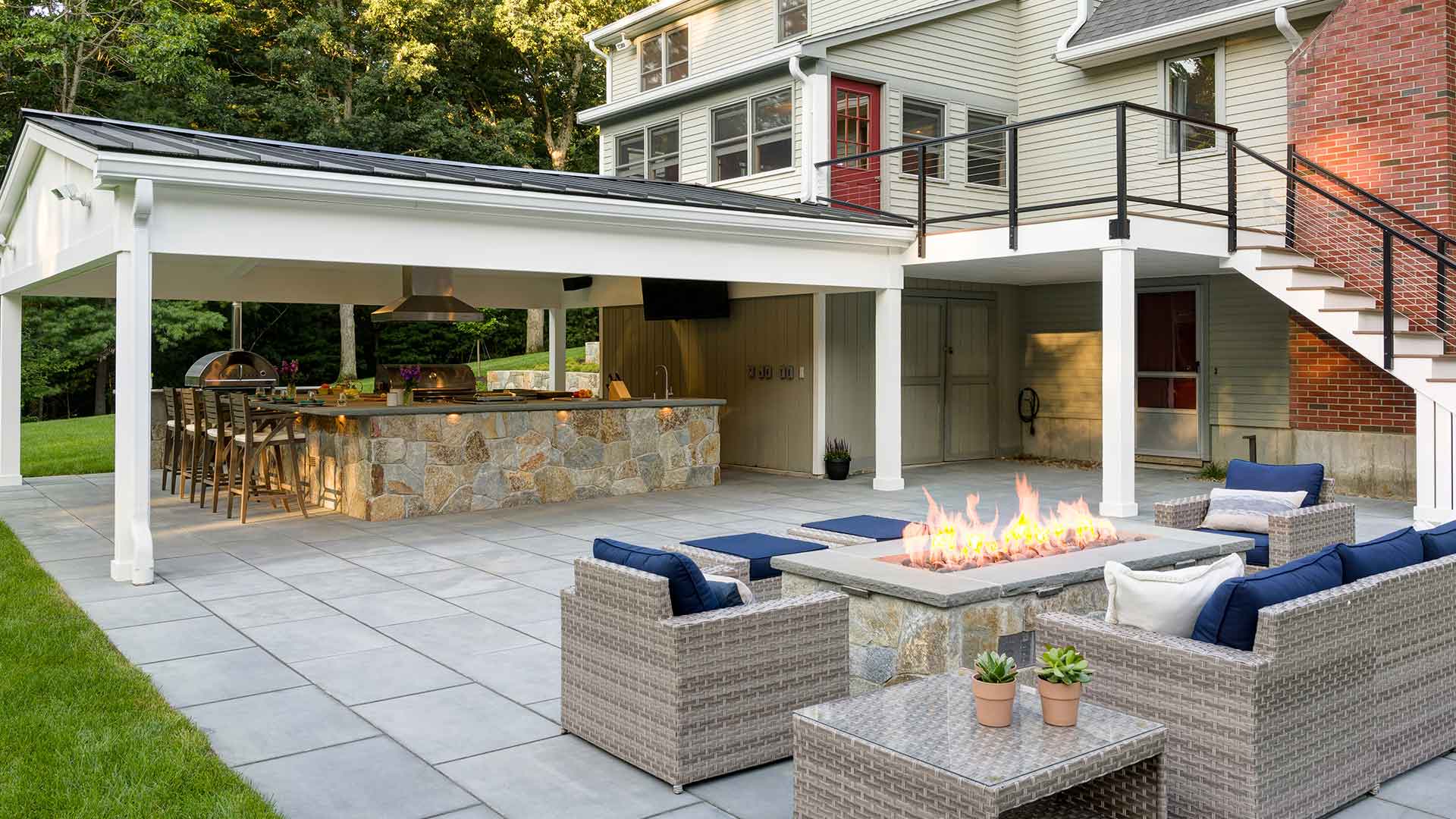8 Easy Facts About Landscapers Explained
8 Easy Facts About Landscapers Explained
Blog Article
How Landscapers can Save You Time, Stress, and Money.
Table of ContentsLandscapers for BeginnersThe 5-Minute Rule for LandscapersLandscapers Things To Know Before You BuyThe smart Trick of Landscapers That Nobody is Talking AboutExcitement About Landscapers
- A tree or bush (shrub) that loses its fallen leaves in winter months. In the PNW there are semi-deciduous or semi-evergreen plants that may lose their fallen leaves depending upon just how chilly the winter months is. Abelia and some hebe are great instances. Landscapers. - A flat gathering area, made of timber or composite material (made to resemble timber), typically nearby or affixed to a framework.

This is an all-natural process, and the outcome can be utilized for paths and patio areas. - Secret landscape features being recommended in a landscape style plan.
Landscapers - An Overview
These objectives lead the design process, not the designer's style or choices. Usual design objectives in Portland are reduced upkeep, dry spell tolerant, and animal friendly.
Over time this layer can obtain really thick and make it difficult for water, sun, and nutrients to get to portions of the grass.- The procedure of accumulating and controlling the flow of water on a residential property. This can be done with grading, French drains, dry wells, permeable surfaces, sump pump, rain gardens, and extra.
Characteristic at the end of hillsides, with natural springtimes, or complete of hefty clay have one of the most drainage issues.- A slow-moving feeding watering system that makes use of adaptable tubes and emitters to send out a specific quantity of water to each plant. This is the most efficient method of irrigating plants. - The ability of a plant to make it through without much summertime water.
- A yard attribute where water is represented by an accumulated rock item, usually a crushed rock or granite. These are most commonly found in modern-day and Japanese yard layout.- A stone or flagstone patio, path, or pathway developed without a concrete base. The base would be compacted gravel and the joints would be an aggregate or walkable ground cover.
All about Landscapers
- A stone keeping or complimentary standing wall surface built without the use of mortar. - An underground framework that collect water and allows it to slow percolate right into the dirt around it.
Landscape style that is suitable with read here a websites' setting in both look and sustainability without adverse influences to the environment. Interrupting the landscape is a line of separation that develops visual interest in the garden by separating one section from one more section. This can be visual or practical, maintaining one aspect (such as pea gravel) from getting mixed right into an additional (like bark dirt).
Areas can additionally have a sensation of "unit" offered by trees, other growings, fences, or displays. The landscape near the access to a building. A tree, hedge or creeping plant, educated to expand on a wall surface or fence right into a details pattern. Specifically their website helpful for fruit trees, making it easy to collect the fruit and including mess.
A plant that is not native to the place where it will certainly be planted. Thicker bladed lawn grass that spread via rhizomes.: The degree of dirt on your residential property prior to bark dirt or compost is spread out.
Landscapers - The Facts

The function, reason, or action that an area is be landscaped for. Staircases operate, as an example, to permit foot website traffic backwards and forwards a slope. Space for growing plants for seeing, eating, or exercise. A roofed building used over an outside celebration room. The sprouting of a seed, probably referring to a grass that is being grown from seed.
Low plants that are permitted or encouraged to spread out over an area. Can refer to any kind of "hard" yard elements consisting of statuary or boulders yet many typically is used to refer to paths, patios, and walls.: Height distinction between the level of water in a fish pond (or the level of the pump if it rests outside the fish pond) and the upper electrical outlet of water which impacts performance of the water pump in gph (gallons per hour).

Get This Report about Landscapers
Traditional PNW landscapes are informal. A plant that spreads even more than desired, or right into environments where it does damage.
Can consist of head positionings and coverage, pipe sizing, GPM specifications, and materials needed to mount this system. Accredited specialist that develops landscapes, coached in engineering and design as well as in horticulture.
Landscape designers normally have less education than Landscape Architects and are not accredited. A completed landscape style, describing all components for the new landscape.
Calcium product made use of to increase the pH in dirt, which will make it less friendly to moss. A water tight HDPE product used beneath fish ponds, streams and waterfalls in water features. Utilizing several plantings of the exact same range to complete a location in the landscape. This can decrease upkeep and water usage in the garden.
Report this page